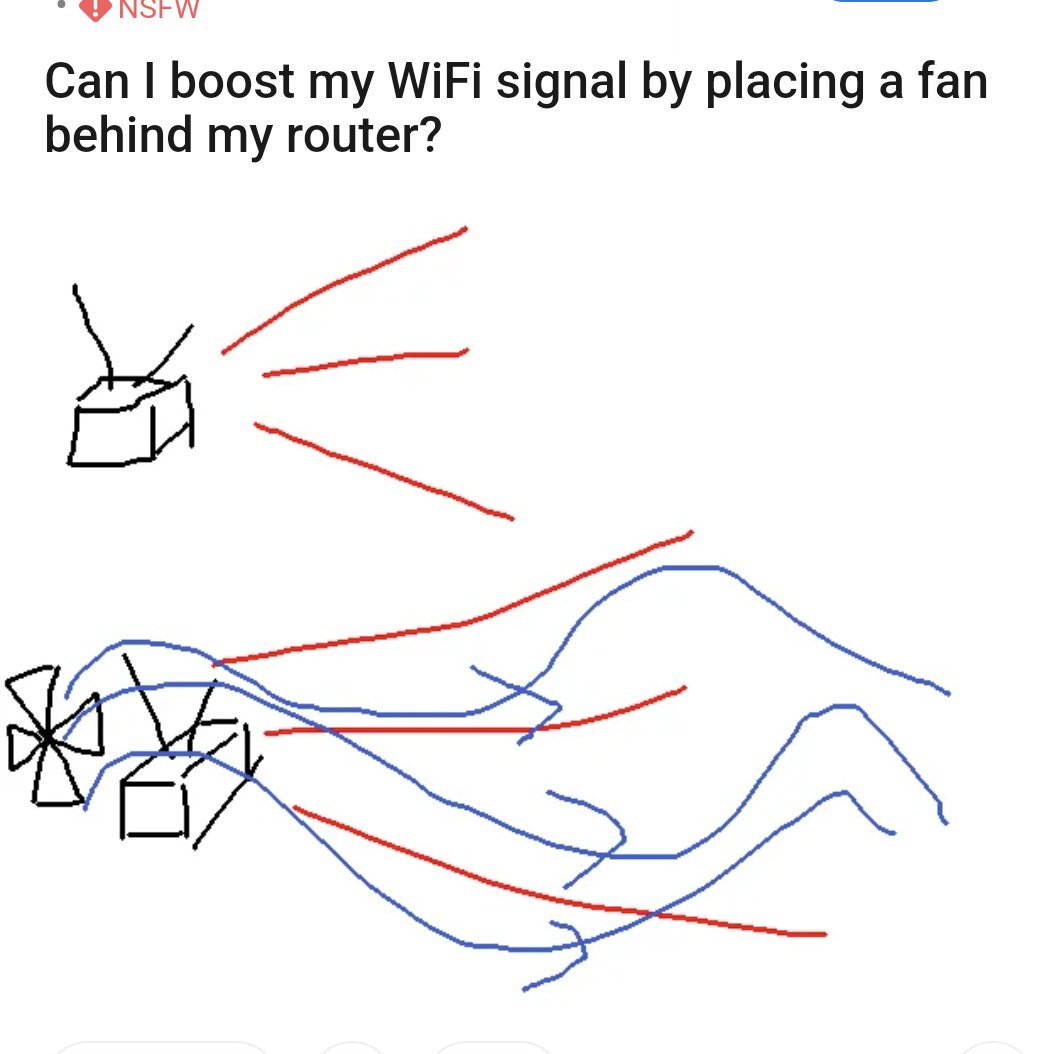this post was submitted on 12 Sep 2023
1262 points (97.7% liked)
Memes
46115 readers
2368 users here now
Rules:
- Be civil and nice.
- Try not to excessively repost, as a rule of thumb, wait at least 2 months to do it if you have to.
founded 5 years ago
MODERATORS
you are viewing a single comment's thread
view the rest of the comments
view the rest of the comments

If it's a silver layer on a glass/plastic pane (like basically any mirror) and it's big enough (more than idk, let's say 20 cm to be safe) why wouldn't it mirror the lower frequencies too?
Not enough interaction with the waves.
I'm not fully versed on all the physics of it, but to my understanding, the layer of silver that makes up the reflective surface of a mirror is crazy thin, like, less than the thickness of paint.
The basic concept I was explained is that the longer the wavelength (lower frequency) the easier it is for it to penetrate obstacles, specifically things that are relatively opaque to radio waves. The very high frequency (small wavelength) waves of light, are so small that almost everything interacts with them; so when they make it to the silver layer, despite that silver layer being impossibly thin, the >100THz waves, will bounce. When dealing with stuff that's much lower frequency (like 2GHz to 5Ghz, many orders of magnitude lower frequency), there's not enough of the material to interact with the wave to have any significant effect on its propagation, so it passes right through.
This is a good observation and a great question. I'm sorry I couldn't be more specific, I'm just not as well versed in the physics of it all to really get into the details; but I hope this helps.
Oh yeah probably but it might absorb some or even more thant it reflects